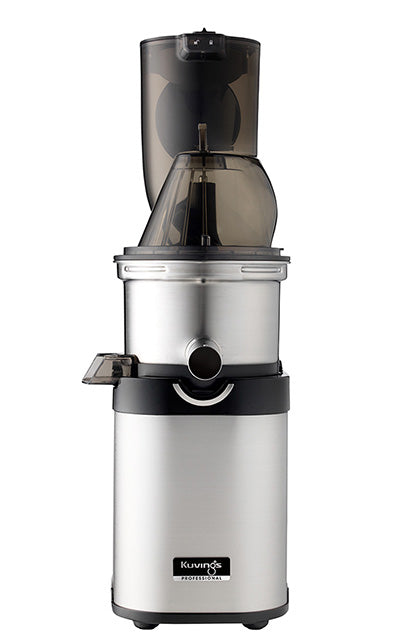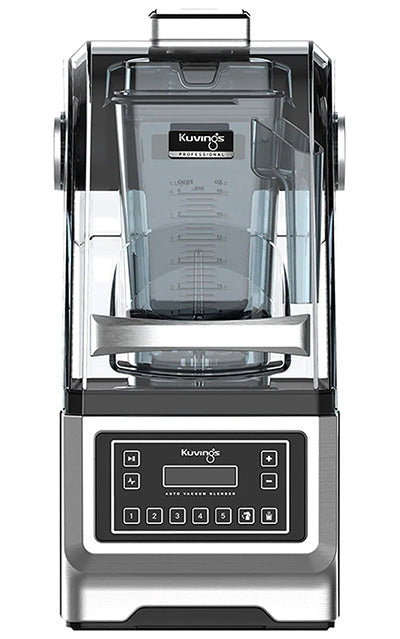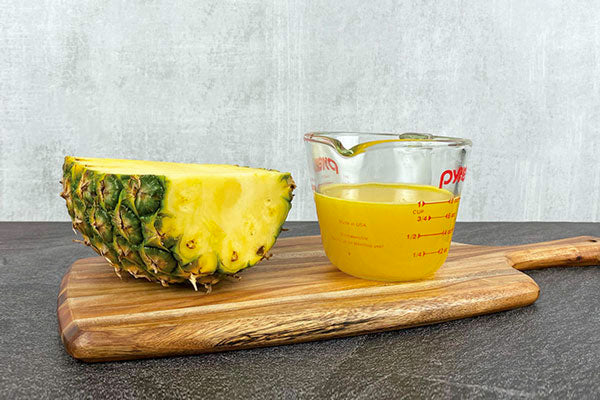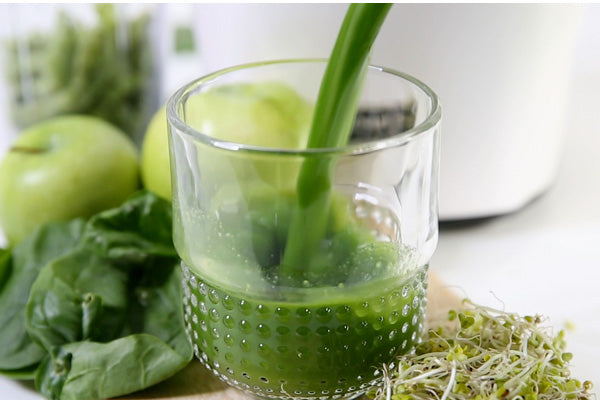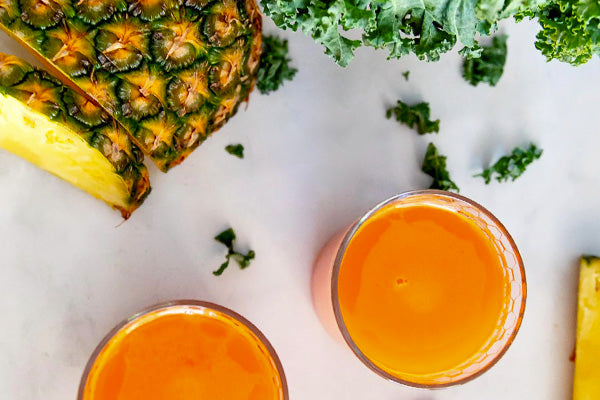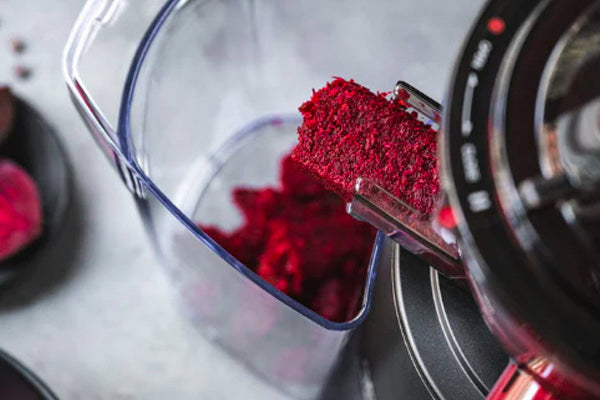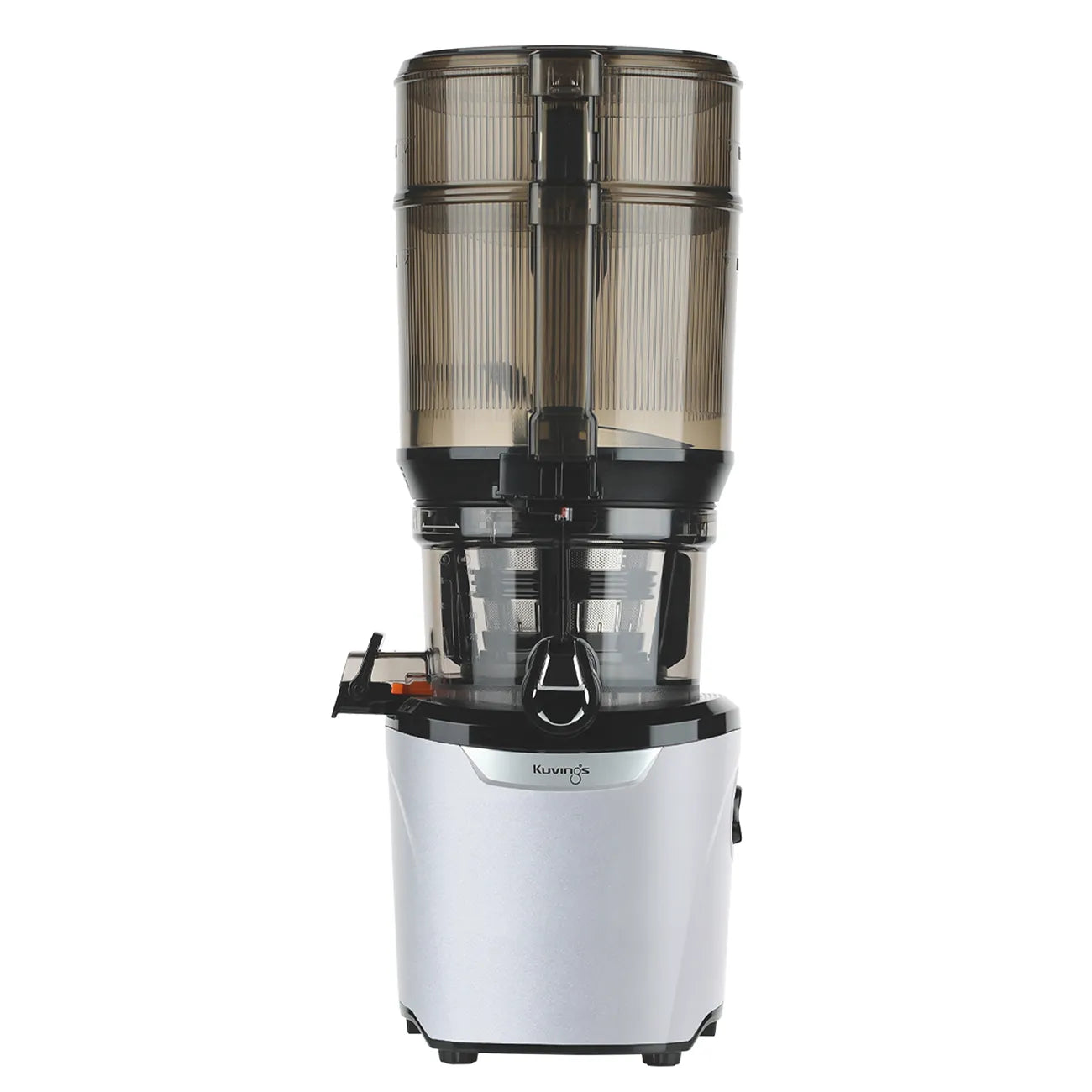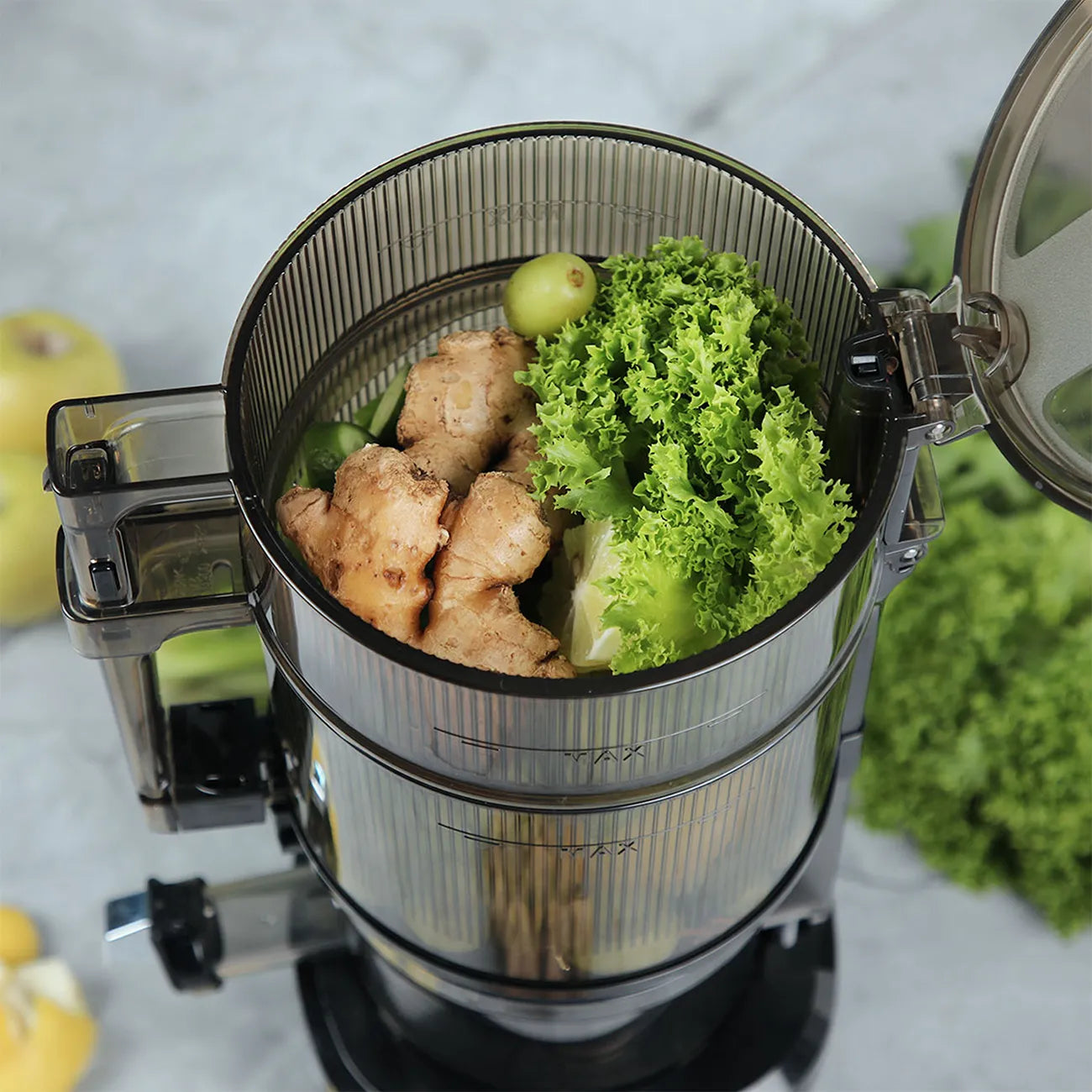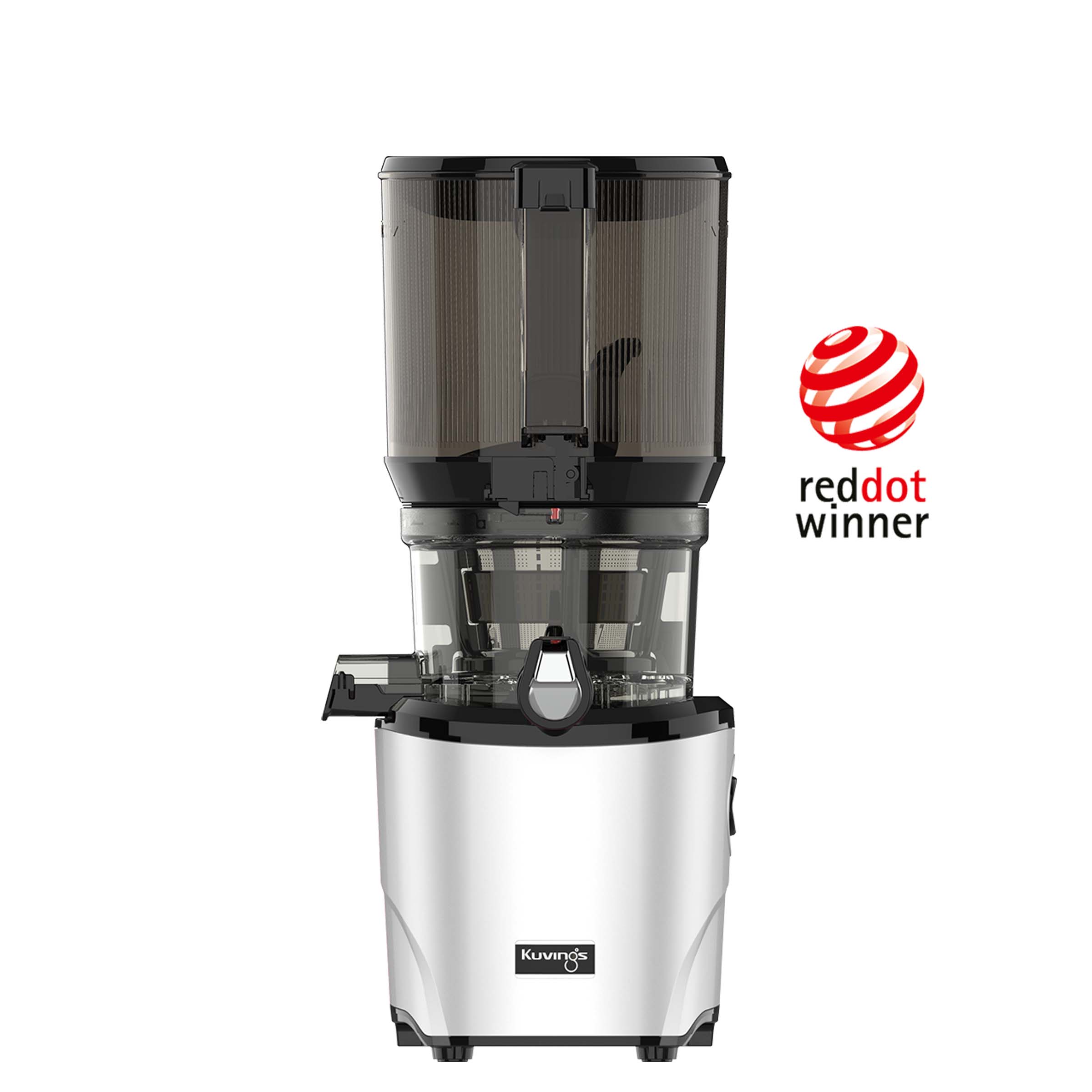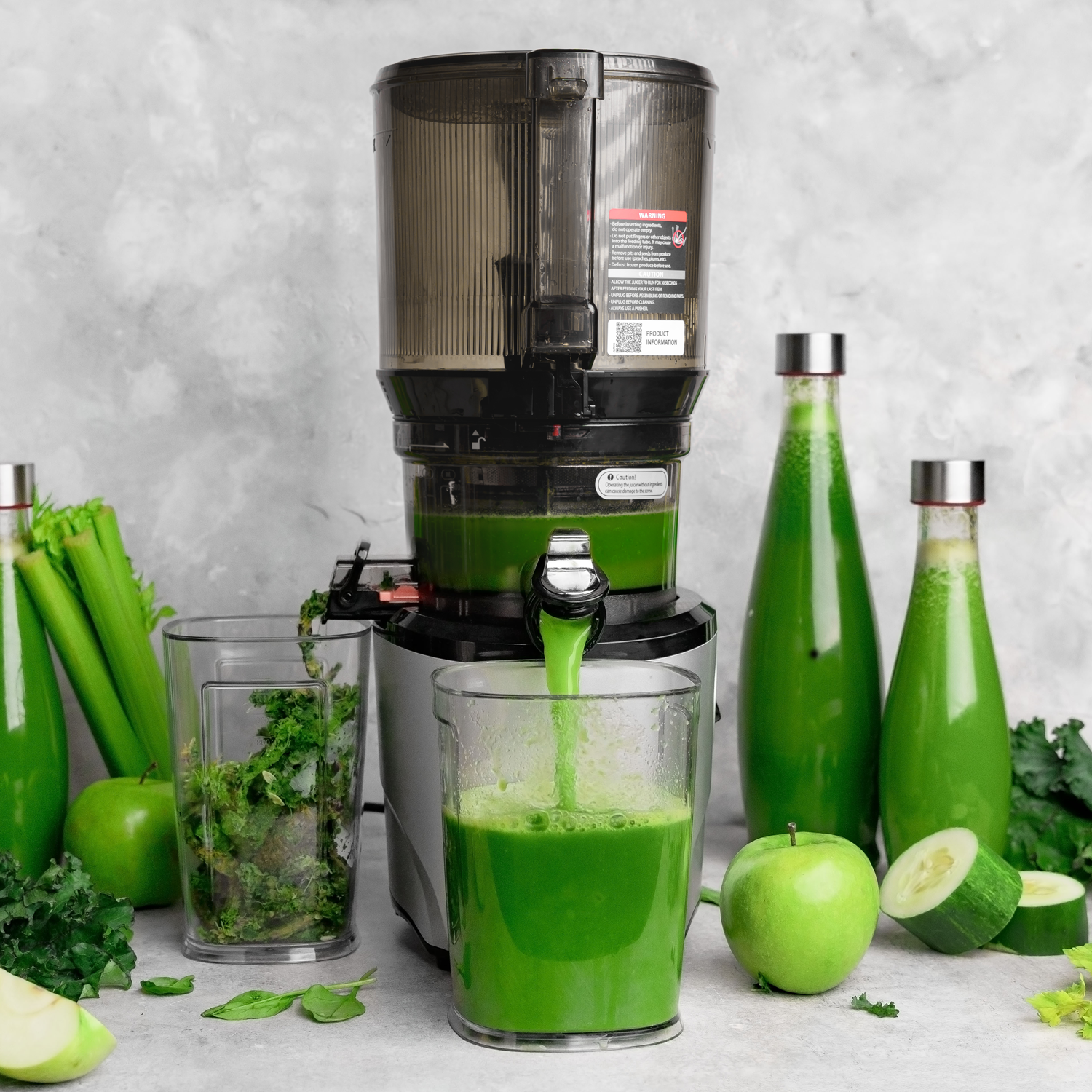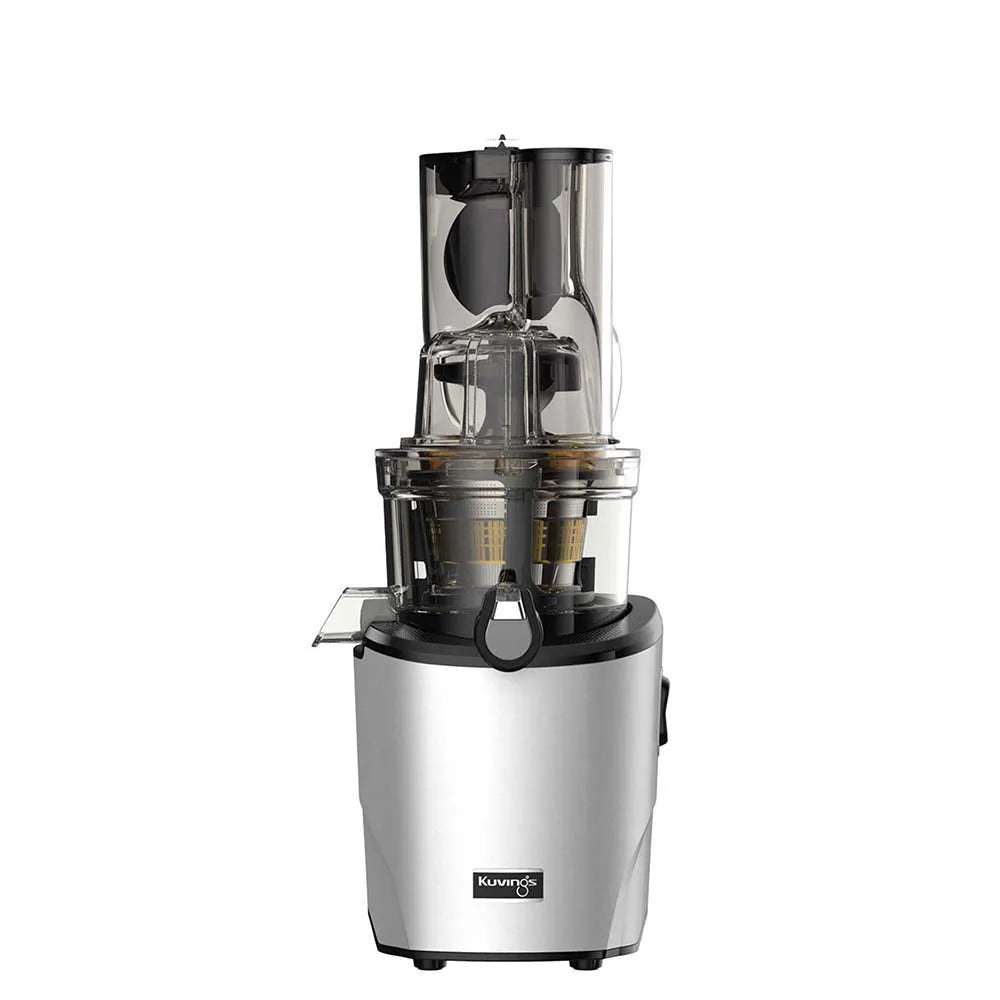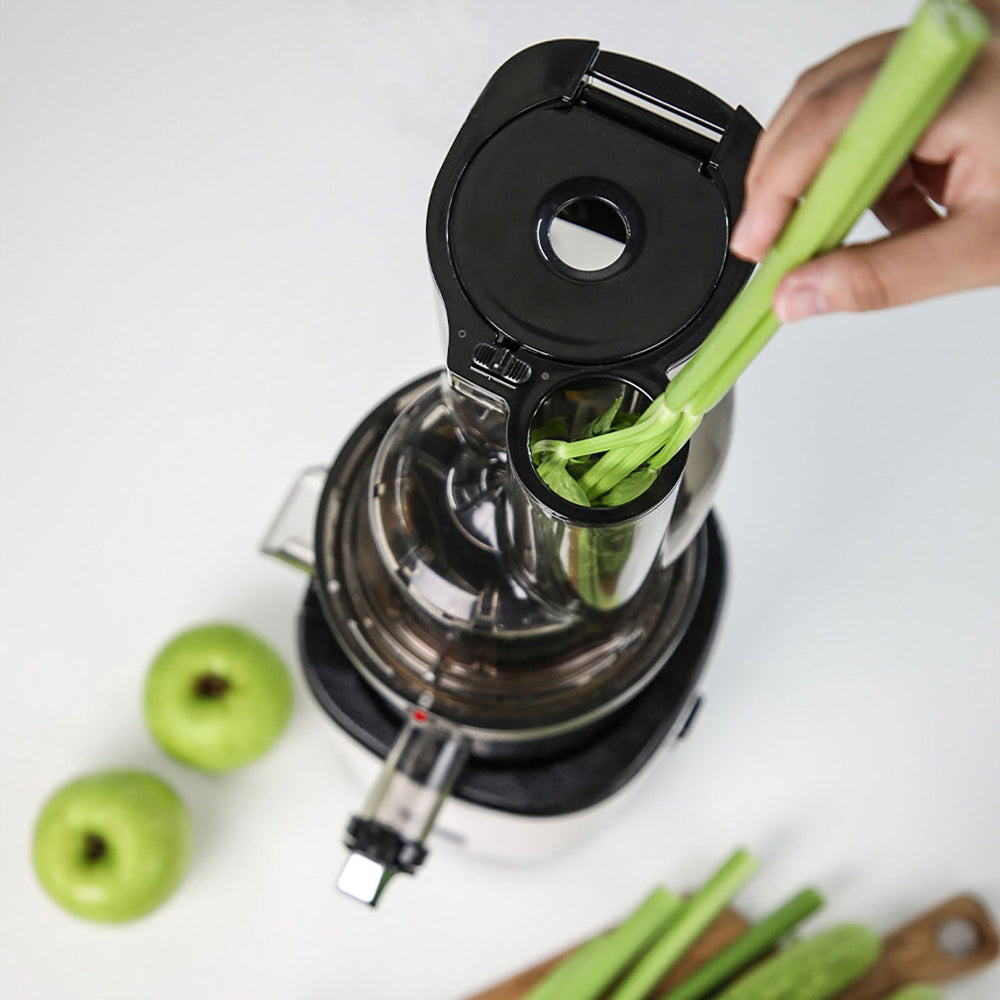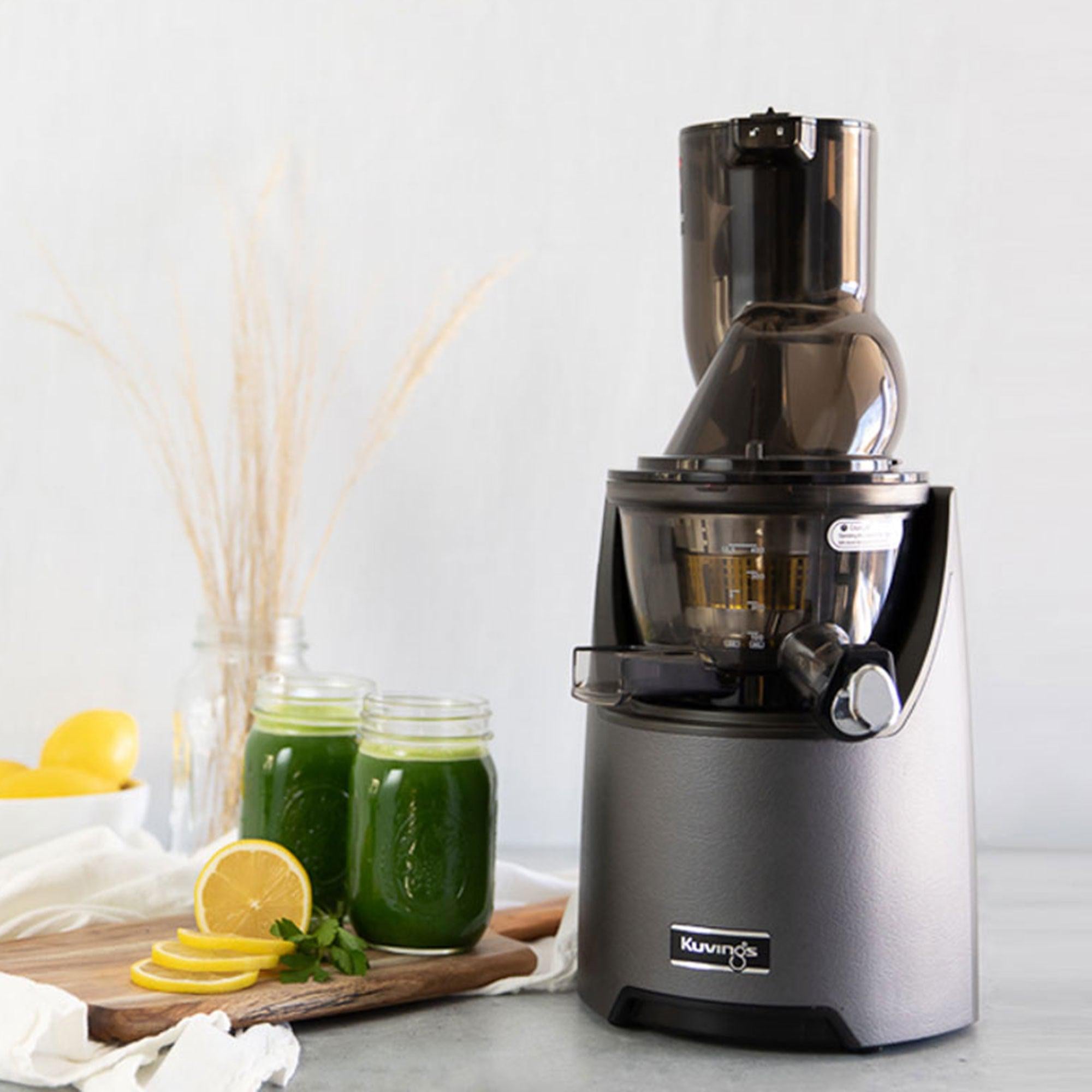What is Cold Pressed Juice?
 Cold pressed juice is made with a specific juice extraction process. Traditionally, cold pressed juice is defined as unheated, unpasteurized juice made with a hydraulic press. These types of machines grind ingredients into a pulp, which is placed in a filter bag. Then they apply thousands of pounds of pressure to that bag, which squeezes the liquid out of the pulp.
Cold pressed juice is made with a specific juice extraction process. Traditionally, cold pressed juice is defined as unheated, unpasteurized juice made with a hydraulic press. These types of machines grind ingredients into a pulp, which is placed in a filter bag. Then they apply thousands of pounds of pressure to that bag, which squeezes the liquid out of the pulp.
This method harks back to the days of crushing and squeezing ingredients by hand (or foot) to make wine.
Hand-operated machines, like the image on the right, were once used to press ingredients and collect juice.
What are the Benefits of Cold Pressed Juice?

Both heat and air are damaging to enzymes and micronutrients in juice. By eliminating heat and air in processing, cold pressed juice:
💪 Retains more of the ingredients’ valuable nutrients
⏰ Lasts longer (up to 72 hours as opposed to 24 hours)
😋 Has a purer, richer taste
💧 Has a smoother texture
🧼 Is less foamy
🌈 Retains its vibrant color longer
How To Make Cold Pressed Juice
Cold pressed juice is usually made with a hydraulic press juicer. However, these industrial machines are typically very large and expensive.
For household and small business use, cold pressed juice can be created with a slow masticating juicer.
Masticating juicers mimic the human chewing process to extract juice. A screw rotating at a low speed takes small “bites” out of ingredients, grinds or “chews” them, and gently pushes them against a strainer to extract their juice. Like a hydraulic press, this process does not generate excess heat or air, so the juice can be considered cold pressed.
In comparison to hydraulic press machines, masticating juicers are also more compact, easier to clean, faster and simpler to use, and less expensive.
High speed, or centrifugal juicers, don't make cold pressed juice. These juicers use a blade to shred ingredients. Then, centrifugal force pushes the shredded ingredients against a screen to extract juice. This high-speed process generates excess air and heat, which oxidizes juice. This results in watery, less nutritious juice that separates faster, browns quicker, and only lasts 24 hours.
Why Make Cold Pressed Juice at Home?
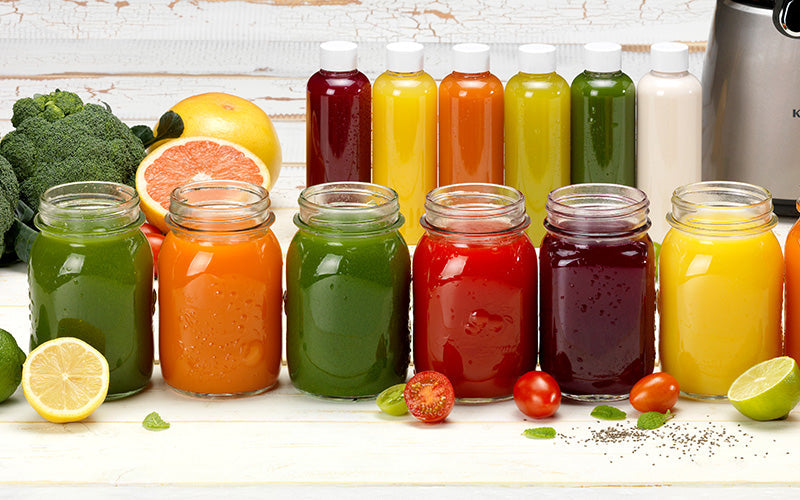
Pasteurization is required by the FDA for wholesale distribution of cold pressed juice. This process uses heat to destroy pathogens in the juice and prolong its shelf life.
Creating shelf-stable juice comes at a cost, though: in addition to destroying pathogens, pasteurization also destroys some of the juice’s nutrients and enzymes.
Homemade juice has a shorter shelf life than store-bought juice, but more enzymes and micronutrients remain in the beverage. Additionally, the taste is incredibly fresh.
Making cold pressed juice at home is more cost-effective than buying it from a juice bar, too.
In Summary:
-
Cold press juice is unheated, unpasteurized juice.
-
Benefits of cold pressed juice include better taste, higher nutrient content, and a longer-lasting beverage.
-
Masticating juicers use a low speed process to make cold pressed juice.
-
It’s best to make juice at home to avoid the nutrient-destructive pasteurization process.



